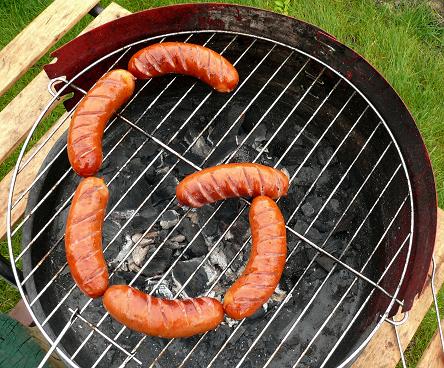Last updated on February 27th, 2020 at 02:29 am
Be critical of link removal requests
Here’s an email I received recently:
As we have sent mail earlier also for removing our link. But unfortunately this has not removed yet. I would be very grateful if you would please remove all links to this site at your earliest convenience, letting me know that you have done so.
It may be that a third party has maliciously or abusively added our details at some point in the past, and I apologies for inconveniencing you in this way.
I get requests like this almost every week but there’s something different about this one.
One thing to consider when entertaining such messages is whether the person requesting the link removal is indeed working for the organization or for a competitor. One clue might be the email address used; is it from the domain of the organization or a free email provider like gmail?
Don’t be naïve, good links are a huge factor in search rankings and crafty competitors may attempt to remove links from a site with email requests like the one above.
Clues that you have bad links to your site

If you have experienced a drop in traffic from Google around these dates (check your web analytics data), it’s likely that you have unnatural links that need to be dealt with properly:
July 15, 2013
May 23, 2013
May 8, 2013
Nov 2012
May 25, 2012
April 24, 2012
Cleaning up a few links here and there is not going to get the result you want. If you are going to do it at all, you want to show Google you are serious and aggressive at removing or disavowing the bad links – and that requires a thorough analysis, removing bad links, disavowing links that cannot be removed and reforming your link acquisition plan going forward.
The challenge to identify bad links
During an interview with Jeff Beale last year, we discussed the challenge that small businesses impacted by Penguin must deal with to accurately identify the links that are causing their rank in Google to drop.
“Google never tells you which links are the bad links. Unless you know for sure that you’ve been doing some black hat SEO, then it’s really a guessing game which links may be good and which ones may be bad. So if you start removing links, all of a sudden, you might be removing some links that are helping your ranking.
It’s harder to go back to them and say, ‘hey can you put these links back in?’ What I would recommend is if you know of links that are in bad neighborhoods or have been done outside the guidelines, go ahead and ask that those links be removed or nofollowed or you can hire a company to do that for you. But be absolutely sure which links are the bad links.”
Guidance to identify unnatural links
Link schemes and unnatural links to your site are being targeted by Google, in other words these are the bad links which you should remove or nofollow. If you haven’t yet, please read Google’s Guidelines regarding these types of links before removing any.
If you want further clarity and interpretation of what is and is not an unnatural link according to Google’s Guidelines, here’s a great post by Marie Haynes on identifying unnatural links.
For those of you who just can’t get enough and want to learn about Google’s manual penalties (completely separate from the algorithms), here’s a good summary including nine Matt Cutts videos on each manual action from Barry Schwartz: All of Google’s Manual Actions for Search Spam
FYI, reconsideration requests are reserved only for sites that have received a message by email or within Google’s Webmaster Tools that your site has received a manual action. Trust me, you will know if you have received a manual action. That means 99.99% of sites do not need to bother with a reconsideration request because it doesn’t apply to you and therefore it won’t help.
What you might want to consider instead is Google’s Disavow Link Tool to deal with some of your unnatural links. And don’t forget Bing’s Disavow Tool – which preceded Google’s and in my opinion inspired Google to offer their own tool.
Disavowing unnatural links
If you are going to go the route of disavowing your unnatural links, it means that you are committed to these things:
- I’m going to learn how to identify an unnatural link, rather than guessing
- I’m going to categorize so I can analyze the links to my site
- I’m going to look at the page where my link is located to make a determination about that link
- I’m going to reform the way I acquire links going forward
Many have used the disavow tool like it’s a disposable grill – “easy easy easy” – slow down there and make a better, more principled decision, so you don’t get burned.
Ok, now that you’ve slept on it, here are some tools and tips:
- Google Webmaster Tools – Links to Your Site list
- Cemper Link Tools
- Jenny Halasz’ Five Steps To Clean Up Your Links Like a Techie
After identifying them, the process of removing bad links from sites you do not own goes basically like this:
- Contact the site owner and request removal or nofollow of the link (some will)
- Disavow those that cannot be contacted
- Disavow those you contacted that do not follow through with your request in a reasonable timeframe
As you can tell this is a grueling task for anyone, but you will learn a lot in the process both about your site’s actual link profile and how Google works. If you want guidance or a cleanup of your link profile, contact us.
